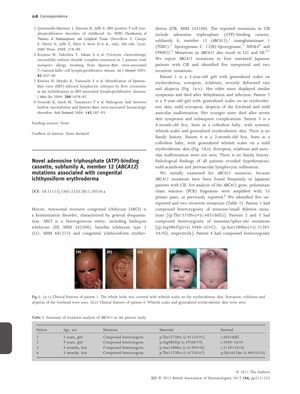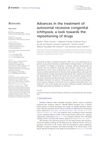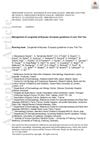Novel Adenosine Triphosphate-Binding Cassette, Subfamily A, Member 12 Mutations Associated with Congenital Ichthyosiform Erythroderma
September 2011
in “
British Journal of Dermatology
”

TLDR New ABCA12 gene mutations were linked to a skin condition with scaling and hair loss, and a treatment helped with hair loss in a related case.
In 2011, researchers identified novel mutations in the ABCA12 gene associated with congenital ichthyosiform erythroderma (CIE) in four unrelated Japanese patients. These patients exhibited symptoms like scales on erythrodermic skin, ectropion, eclabium, and alopecia. The study found five new and two recurrent mutations, all compound heterozygous, and demonstrated that different mutations in ABCA12 can lead to varying clinical severity in CIE. Additionally, a 21-year-old individual with a 46XX true hermaphrodite karyotype experienced hair loss after testosterone replacement therapy. Treatment with finasteride stabilized the hair loss and promoted some regrowth, suggesting its effectiveness for androgen-induced alopecia in hormone replacement therapy.


